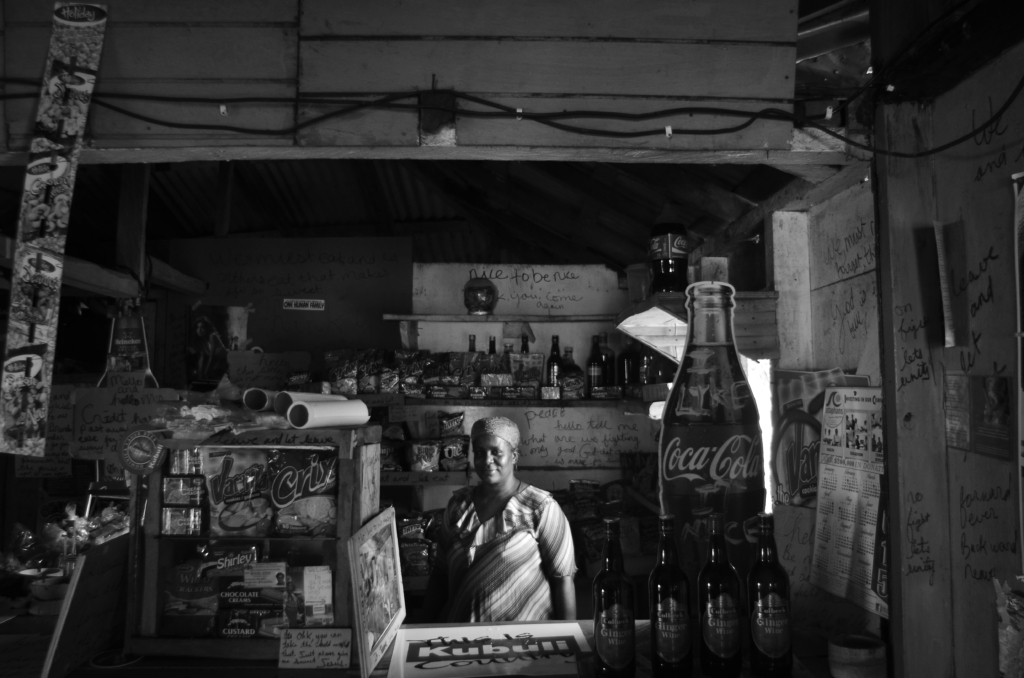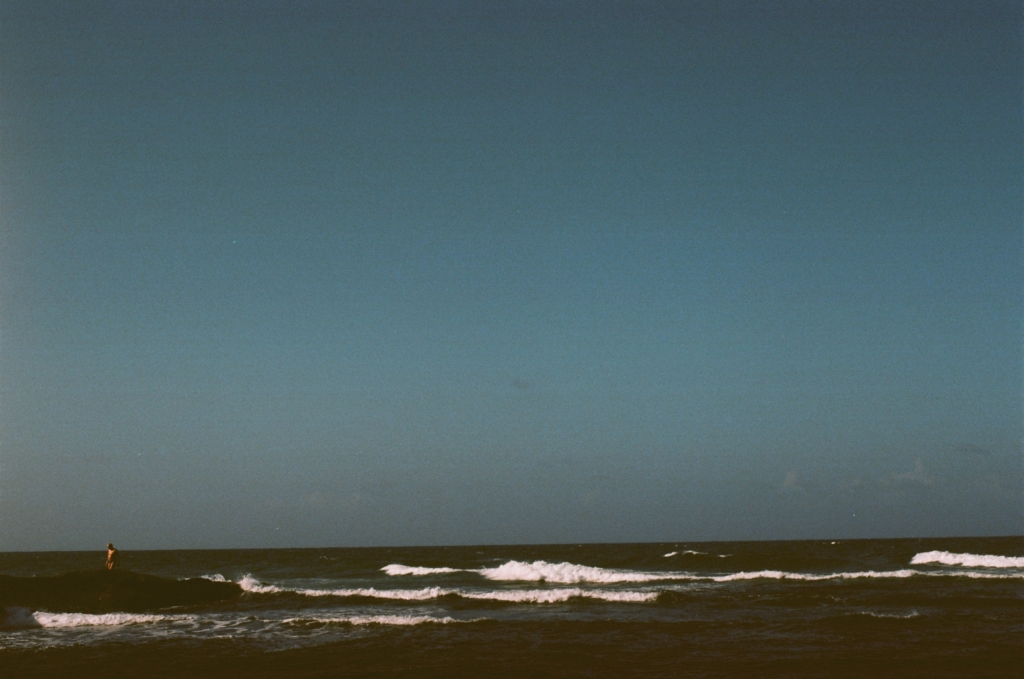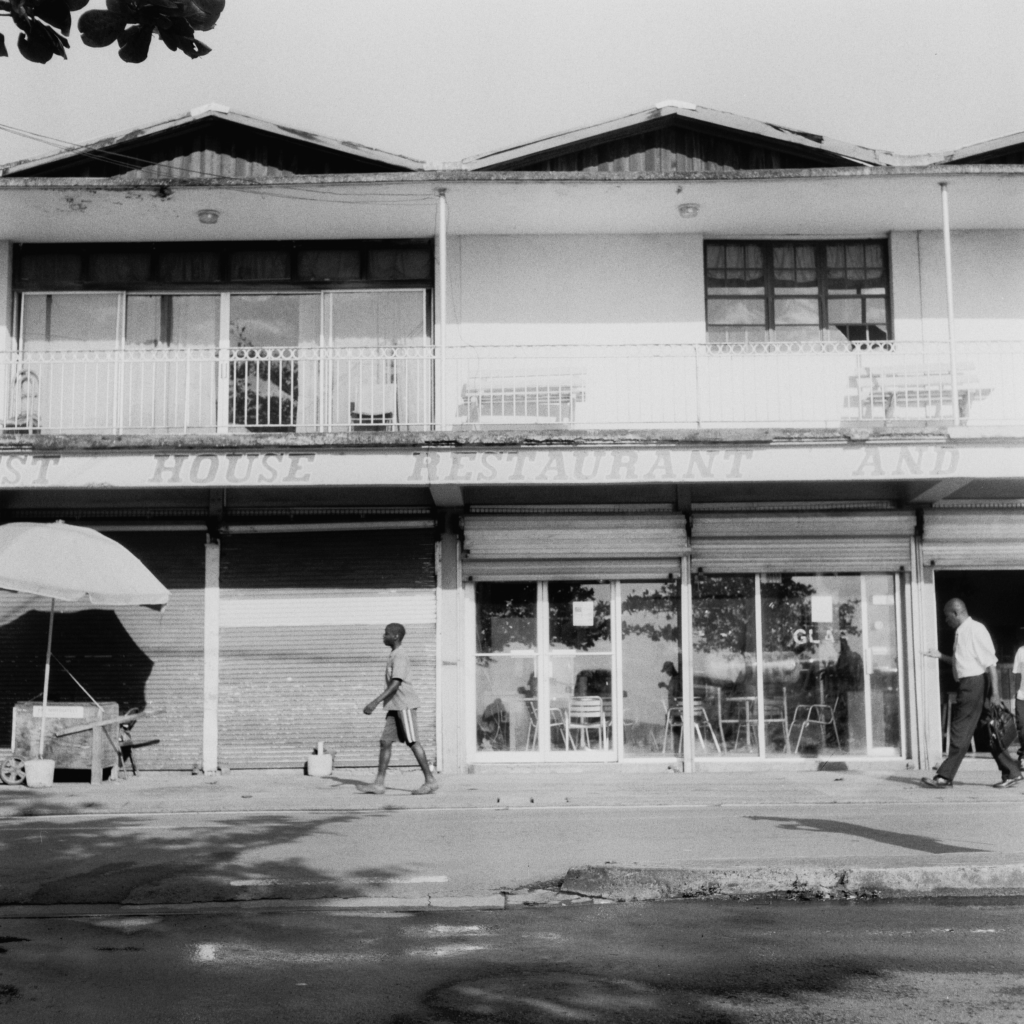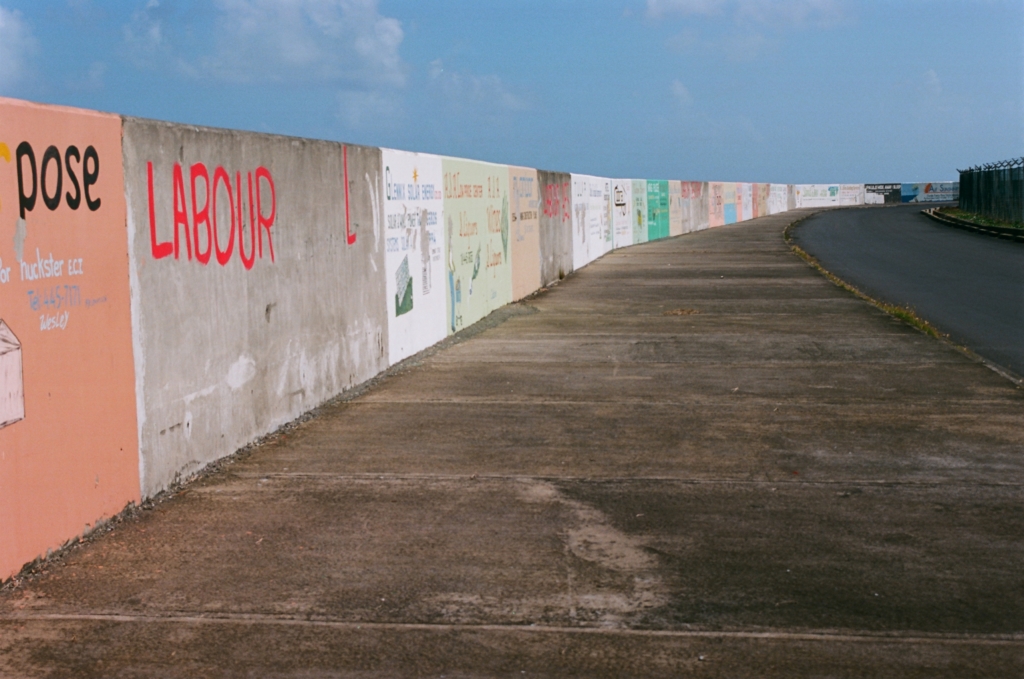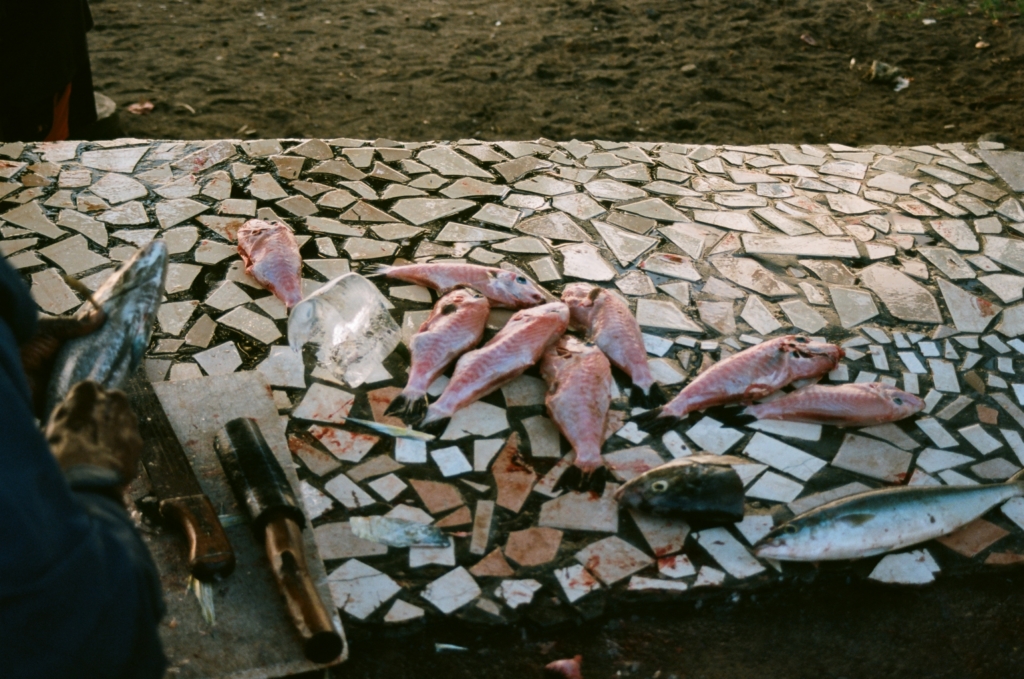The Dominican general election was held on December 8th, 2014, nearly three weeks to the day before I arrived on the island nation of 72,000 people, located in the east Caribbean Sea, where the windward islands become leeward. I was visiting the island with two close friends, one of which had a father, who after spending time on the island helping to establish radio stations in 1980s, had constructed a house in a small village in the northern part of the island, which we were the beneficiaries of.
Following the election results, which saw the incumbent Dominican Labour Party retain its majority, yet concede three seats to the opposition workers party, feelings and emotions surrounding the event remained heightened. The voting seemed to fall largely along geographic lines, with the opposition United Workers Party taking seats in the northeast and southwest, both regions containing two of Dominca’s major cities, Marigot and the capital Rosseau.
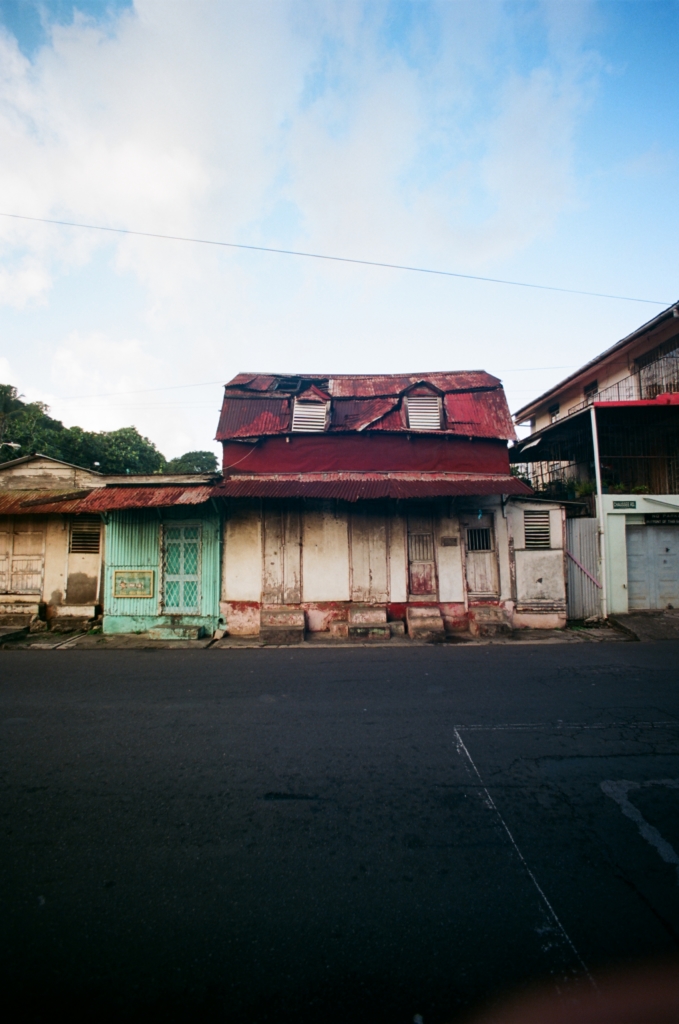 In a country no larger than a small city both in population and area, degrees of separation are limited. Though the parties’ titles both contain allusions to the political left, the UWP seemed the righter leaning of the two, with many references to the DLP’s close ties to the Chinese government and willingness to grant passports to international criminals for a price. While purchasing fish in the UWP stronghold of Marigot on a Sunday, my friends and I were witness the lingering emotions of the election when the transaction, which was being arranged by our very friendly bus driver, quickly devolved into a yelling match, and nothing more, though ample knives littered the counter of the fish-cleaning station. The fish monger supported the UWP and the bus driver supported the DLP.
In a country no larger than a small city both in population and area, degrees of separation are limited. Though the parties’ titles both contain allusions to the political left, the UWP seemed the righter leaning of the two, with many references to the DLP’s close ties to the Chinese government and willingness to grant passports to international criminals for a price. While purchasing fish in the UWP stronghold of Marigot on a Sunday, my friends and I were witness the lingering emotions of the election when the transaction, which was being arranged by our very friendly bus driver, quickly devolved into a yelling match, and nothing more, though ample knives littered the counter of the fish-cleaning station. The fish monger supported the UWP and the bus driver supported the DLP.
What was interesting about this interaction was the explanation our bus driver offered upon departing the fish stall, fish in hand. First, he explained, this incident occurred on a Sunday, which are definitively church days in Dominica, which is perhaps why we had had both a bus and fish stall largely to ourselves. Because of this, we had spent the last few hours as the only passengers on our driver’s bus, accompanying him to and from the Douglas-Charles Airport, formerly the Melville Hall airport, to a quick stop at a bar, where he was employed to fix the refrigerator, exclaiming to us as he hopped out of the bus, ‘you must make yourself useful in this world,’ an allusion to Dominicans’ ability to find employment across various fields when the need arises, a style of employment common to most of the world, yet less so to us Westerners.
Perhaps due to the amount of time we had spent together over the course of the day, our driver felt some sort of familiarity with us, and suggested that the inclination of the Marigot voters to elect UWP politicians was because they were a different race, that they even spoke a different dialect in this part of the country. What I found interesting about this comment was the geographic implications of it. To have such distinctions as race and dialect within such a tiny area — Dominica is half the size of the city of San Francisco and contains one tenth of San Francisco’s population — I am unaccustomed, perhaps due to the vastness of the US, to thinking of such sharp distinctions being made within such a limited geographic area.
Our driver was not alone in his ideas of difference between the population of the northeastern corner of Dominica and the rest of the nation. Other Dominicans reiterated this view to me more than once during my stay. Furthermore there is some historical support to differences among the population. Dominica was initially colonized by France in the early 18th century before succumbing to the British fifty years later. The island reverted back to France and then back again to the British over the following fifty years. Both colonizing powers did so with numerous slaves in tow, thus providing the foundation for lineages of both French and British former slaves.
A further fold in the racial make up of Dominica is the last remaining population of Indigenous Caribs, or Kalinago, who mostly live on the eastern side of the island in and around the Carib Territory, a reserve, officially established in 1903, and retained upon independence in 1978. Comprising 2% of the island’s population, the Kalinago are the third largest ethnic group on Dominica.
Maybe it’s the volcanic geography of the island that has helped to establish and foster such independent identities. Perhaps it is the tumultuous colonial history or the Kalinago’s legacy of resistance that has helped to create such severe identity politics. Whatever it may be, I was witness over and over again to an incredibly strong sense of self within the Dominicans I interacted with. This paired with the ruggedness of the topography and serene natural beauty left me in awe. A feeling I was skeptical of on a Caribbean vacation.
You can find more of the Nate Mosseau’s work at his website as well as Instagram.
This post may contain affiliate links.



